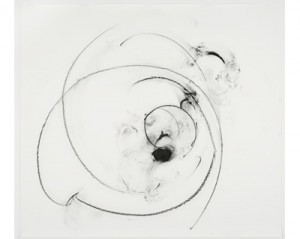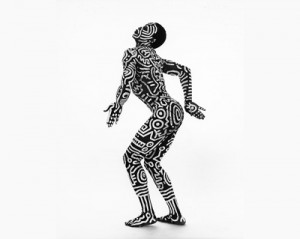![]() Guide: Charles Burchfield (1893-1967), painter
Guide: Charles Burchfield (1893-1967), painter
Charles Ephraim Burchfield (1893-1967) was born and raised in Ohio (first in Ashtabula, then Salem). He graduated from the Cleveland Institute of Art, and was employed as a wallpaper designer at H.M. Birge in Buffalo, New York. He eventually quit to pursue painting full-time, and lived thereafter in Gardenville (West Seneca), a suburb of Buffalo.
Burchfield’s middle-period work (roughly the 1920s-early 1940s) focused on realist paintings depicting American small-town and industrial life, which brought him popularity and acclaim in his time. However, the visionary works of his early and late output may appear even more remarkable to us today: Burchfield’s mystical, abstract nature imagery is arrestingly unique.
The videos below were produced by Beyond the Notes and feature Nancy Weekly, Curator and Head of Collections at the Burchfield Penney Art Center, who has written and edited several books on Burchfield including Charles E. Burchfield: The Sacred Woods, and co-curated the recent exhibit Sensory Crossovers: Synesthesia in American Art.
Fear, Hope, and the Sublime in Burchfield’s Paintings
The co-existing themes of fear and hope were central to the character of Burchfield’s artwork. Many of his paintings have an ominous or negative quality, but ultimately his output as a whole may be seen to portray an optimistic outlook.
Burchfield’s Canvas Expansion Technique
Some of Charles Burchfield’s later works were revisions and expansions on paintings that he had created decades earlier, including Autumnal Fantasy and Sun and Rocks, which were started when Burchfield was in his 20s and completed when he was in his 50s. He started with the kernel of an early painting and attached new sections of canvas to create a more expansive and more fully realized vision.
Burchfield’s Influences from Music and Sound
Music had major influence on Burchfield’s paintings and his aesthetic. From Burchfield’s early days in art school when he idolized composer Richard Wagner and sketched abstract symbols representing musical motifs from the opera “Siegfried”, to the maturity of his career when he drew on Beethoven and Sibelius for inspiration in his large-scale watercolor paintings, music served as an ongoing source of inspiration and a reference point for his artwork.
Charles Burchfield is thought to have had synesthesia (check out my video “An Introduction to Synesthesia”). Although we can’t be sure (Burchfield himself never addressed it), some scholars find ideas in his art and journals that are distinctly synesthetic in character.

